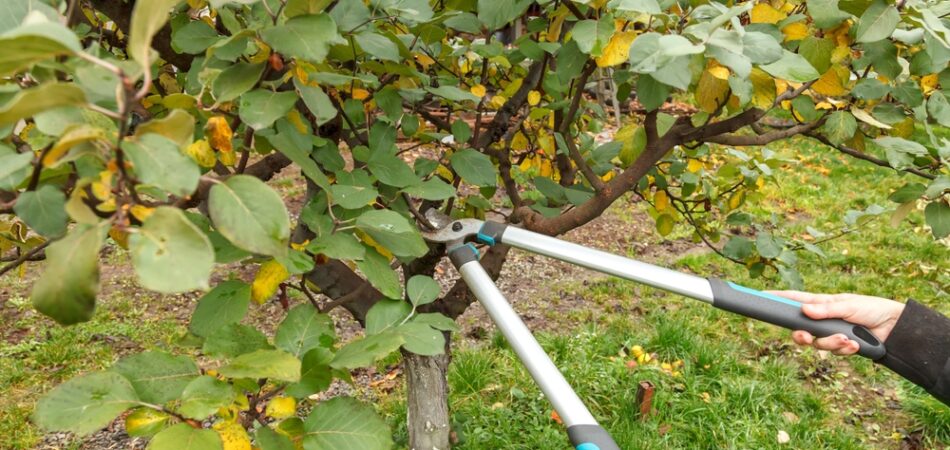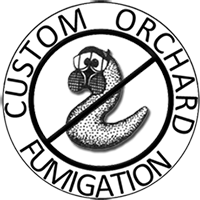
Maintaining a healthy orchard is essential for maximizing productivity and ensuring the longevity of fruit trees. However, one common challenge that orchard growers face is replant disease, which can significantly impact tree health and yield. In this guide, we’ll explore how to prevent replant disease and implement healthy orchard practices to boost productivity.
Understanding Replant Disease
What is Replant Disease?
Replant disease, also known as soil sickness or planting fatigue, occurs when new trees are planted in soil previously occupied by the same or similar species. It is caused by a combination of factors, including soilborne pathogens, allelochemicals, and changes in soil microbial communities.
Symptoms of Replant Disease
Symptoms of replant disease may include:
- Stunted growth
- Poor vigor
- Leaf discoloration
- Reduced fruit yield
- Increased susceptibility to pests and diseases
Replant Disease Prevention Strategies
Soil Testing and Analysis
Before planting new trees, conduct a thorough soil test to assess soil health and identify any potential issues. Soil testing can help determine nutrient levels, pH, and the presence of pathogens that may contribute to replant disease.
Crop Rotation
Implementing a crop rotation schedule can help break the cycle of replant disease by alternating fruit tree crops with cover crops or non-host plants. Rotate crops on a three to five-year cycle to allow the soil to recover and reduce the buildup of soilborne pathogens.
Soil Solarization
Soil solarization is a technique used to sterilize soil and control soilborne pathogens. To solarize soil, cover the planting area with clear plastic during the hottest months of the year. The sun’s heat will raise soil temperatures, effectively killing pathogens and weed seeds.
Fumigation
In severe cases of replant disease, fumigation may be necessary to eradicate soilborne pathogens. Fumigants such as methyl bromide or methyl iodide can be applied to the soil before planting to sterilize the soil and eliminate harmful organisms. However, fumigation should be used as a last resort and with caution due to potential environmental and health risks.
Soil Amendments
Amending the soil with organic matter, such as compost or well-aged manure, can improve soil structure and fertility while promoting beneficial microbial activity. Organic matter helps create a healthy soil environment that is less conducive to soilborne pathogens and promotes strong root development in fruit trees.
Disease-Resistant Varieties
When selecting fruit tree varieties for your orchard, choose disease-resistant cultivars whenever possible. Disease-resistant varieties are less susceptible to soilborne pathogens, reducing the risk of replant disease and the need for chemical interventions.
Healthy Orchard Practices
Proper Site Selection
Choose a planting site with well-drained soil, adequate sunlight, and good air circulation to promote tree health and reduce the risk of disease. Avoid planting fruit trees in areas prone to waterlogging or where replant disease has previously occurred.
Rootstock Selection
Selecting the right rootstock is crucial for orchard productivity and disease resistance. Choose rootstocks that are well-suited to your soil and climate conditions and have been bred for resistance to common diseases, including replant disease.
Planting and Spacing
Proper planting and spacing are essential for orchard management and disease prevention. Plant trees at the recommended spacing to allow for adequate airflow and sunlight penetration, reducing the risk of fungal infections and promoting tree vigor.
Irrigation Management
Proper irrigation is crucial for orchard health, especially in areas prone to drought or water stress. Implement efficient irrigation systems that deliver water directly to the root zone while minimizing runoff and waterlogging. Avoid overwatering, as excessive moisture can promote the growth of soilborne pathogens.
Mulching
Applying mulch around the base of fruit trees helps conserve soil moisture, suppress weeds, and regulate soil temperature. Organic mulches, such as wood chips or straw, also add organic matter to the soil as they break down, improving soil structure and fertility.
Conclusion
Preventing replant disease is essential for maintaining a healthy and productive orchard. By implementing proactive strategies such as soil testing, crop rotation, and proper soil management, orchard growers can minimize the risk of replant disease and promote optimal tree health and productivity. Incorporating healthy orchard practices into orchard management plans is key to ensuring the long-term success and sustainability of fruit tree operations.
Need Soil Testing in Pasco, WA?
Founded in 1992, Custom Orchard Fumigation was created by farmers for farmers. We take great pride in providing soil fumigation services to farmers throughout the state. We can also help growers find other services to help in growing their crops. We also provide all paperwork for our services to ensure all regulations are met. Our founder, Chris Ford, has a background in Forest Management, and we are conscious of reducing the environmental impact on the soil and surrounding areas of your plot. Custom Orchard Fumigation invites you to visit our website or give us a call today!
